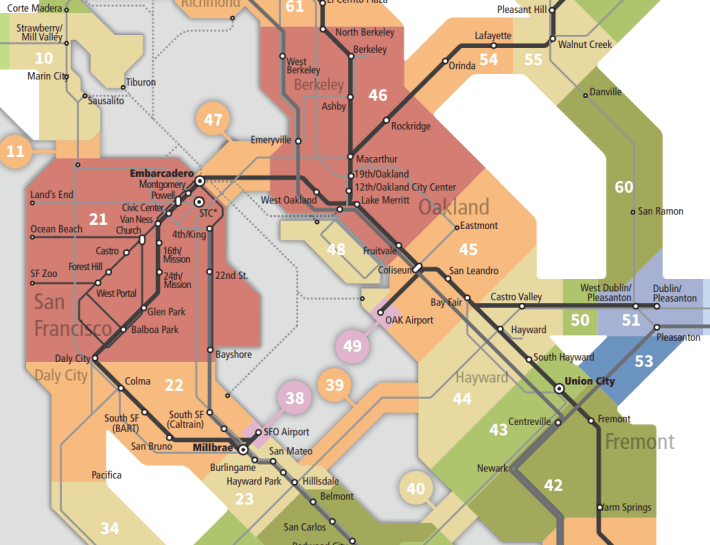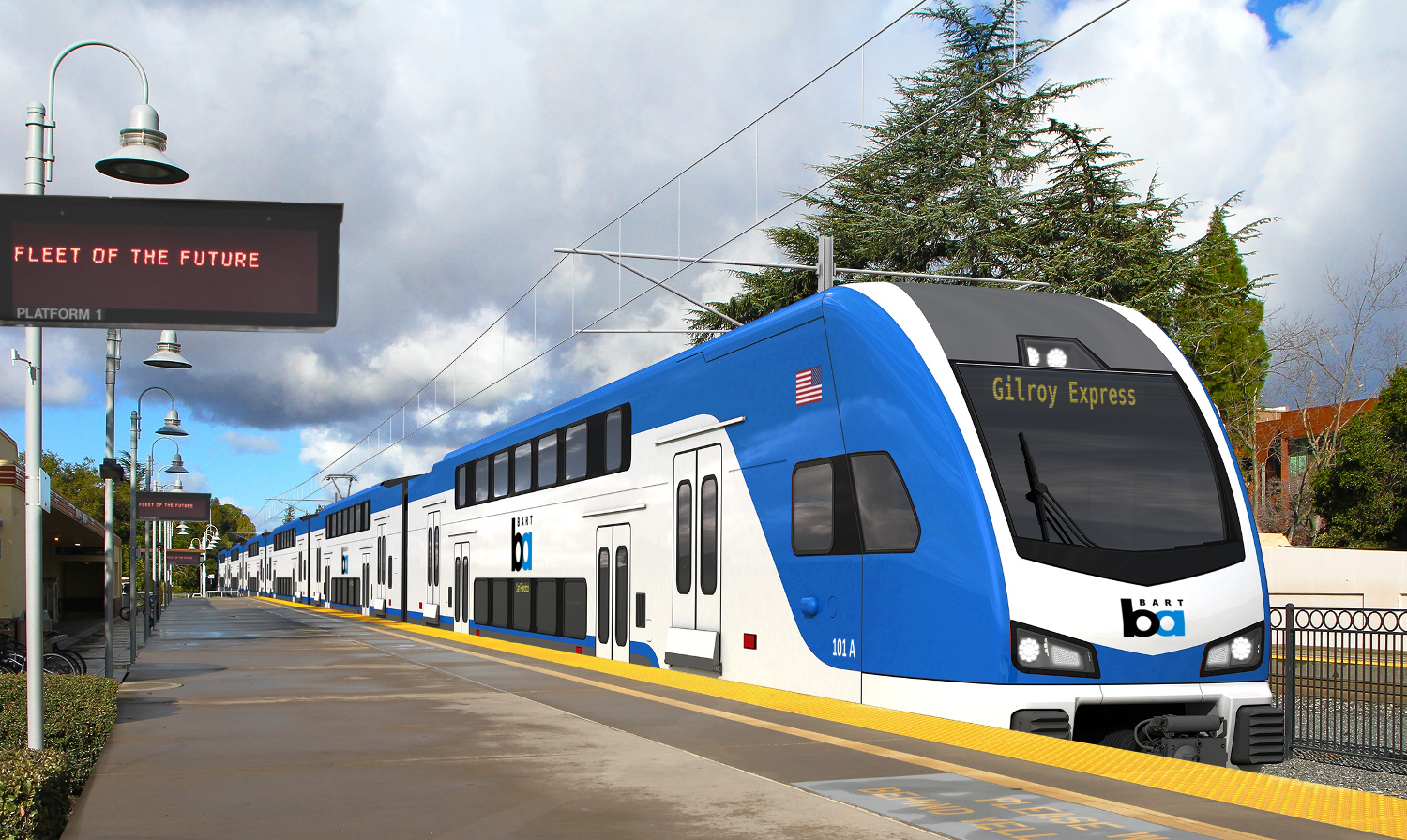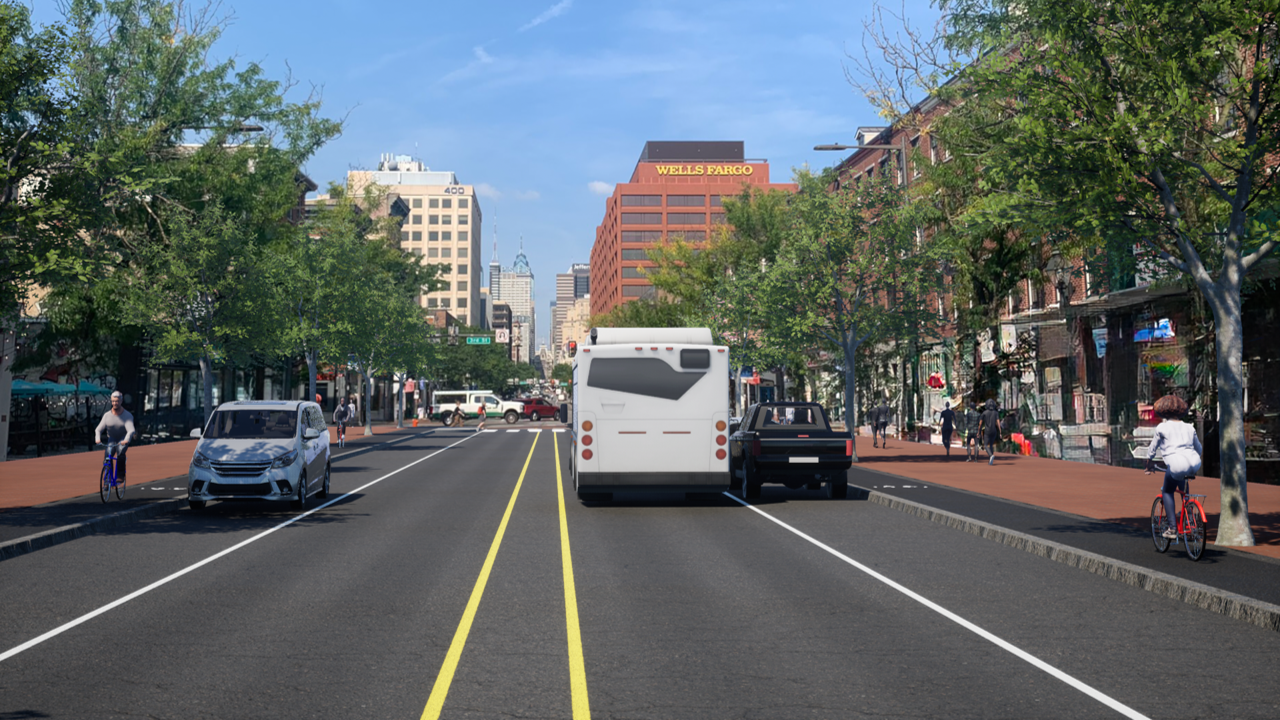Senator Josh Becker (D-San Mateo/Northern Santa Clara Counties) introduced SB 917, the Seamless Transit Transformation Act, on Thursday, a new bill to create a more coordinated and integrated Bay Area transit system while improving the rider experience. This is the latest attempt by lawmakers to build a more seamless, accessible transit system across the nine-county Bay Area.
Sponsored by Seamless Bay Area, the Bay Area Council, and TransForm, SB 917 would require transit agencies in the region to work together to develop an integrated transit fare structure by 2024, create a Connected Network Plan to support schedule coordination and service standards, and develop a single regional transit map and standardized way-finding system.
“We must act quickly to entice riders back to public transit — and put the rider experience front and center,” said Becker. “This legislation will help transform our system into a world-class, seamless experience for the public while reducing greenhouse gas emissions and improving access to jobs and housing for residents.”
The integrated fare structure mandated by the bill — to be developed by the Metropolitan Transportation Commission (MTC) in consultation with Bay Area transit agencies — will make the price that transit riders pay for transit fairer, simpler, and more equitable. The structure must incorporate the following fare policies recommended by transit agency leaders as part of the recently completed regional Fare Integration Business Case:
- ‘Free transfers,’ or eliminating the financial penalty that riders currently pay when traveling between agencies.
- A common fare structure for regional (long-distance) services, including BART, Caltrain, express buses, and ferries.
- A multi-agency transit pass that provides access to all transit services in the region for one set price.
The Fare Integration Business Case found that these policies could increase transit ridership by tens of thousands of new daily riders and eliminate hundreds of thousands of daily driving miles from roads, reducing congestion and emissions. But despite the strong benefits of these policies, their implementation as outlined in the business case remains contingent upon individual approval by each of the Bay Area’s 27 transit agency boards. With SB 917, these policies would become mandatory for receiving state transit funds, with MTC overseeing integration of the region’s fare structure.
SB 917 also requires agencies to work together to develop and adopt a Coordinated Network Plan by the end of 2023. Unlike past regional plans, the Connected Network Plan would identify desired service levels and frequencies and target travel times that can optimize connectivity across the region. In addition, this Connected Network Plan would eventually support the creation of a unified regional bus rapid transit system.
Finally, in addition to setting deadlines for fare integration, the bill also sets deadlines for a common transit wayfinding and mapping system, and for real-time transit data standards to ensure bus and train arrival information is universally available and accurate for transit riders across the region.
Currently, Bay Area transit agencies are not coordinated, using different fare structures, discounts, loyalty programs, wayfinding apps, mapping, and branding systems. The fragmented nature of transit service leads to a confusing, intimidating, and inefficient experience for Bay Area riders.
“We’ve been talking about integrating transit fares, schedules, and signage for years,” said Ian Griffiths, Policy Director for Seamless Bay Area. “Especially over the past two years, through the Blue Ribbon Transit Recovery Task Force, we’ve had the chance to study and discuss the benefits and commit to action. Now it’s time for clear deadlines for implementation - that’s what this bill does.”

Assemblymember Bill Quirk, D-Hayward, is a principal co-author of SB 917. Other coauthors include Senator Bill Dodd, D-Napa, Senator Scott Wiener, D-San Francisco, Assembly Speaker Pro Tempore Kevin Mullin, D-South San Francisco, Assemblymember Alex Lee, D-San Jose, and Assemblymember Marc Levine, D-Marin County, and Assemblymember Phil Ting, D-San Francisco.
SB 917 is expected to be heard in the Senate Transportation Committee in the spring.
Want to help advocate for SB 917? Check out Seamless Bay Area's page, which includes a version of this post.






